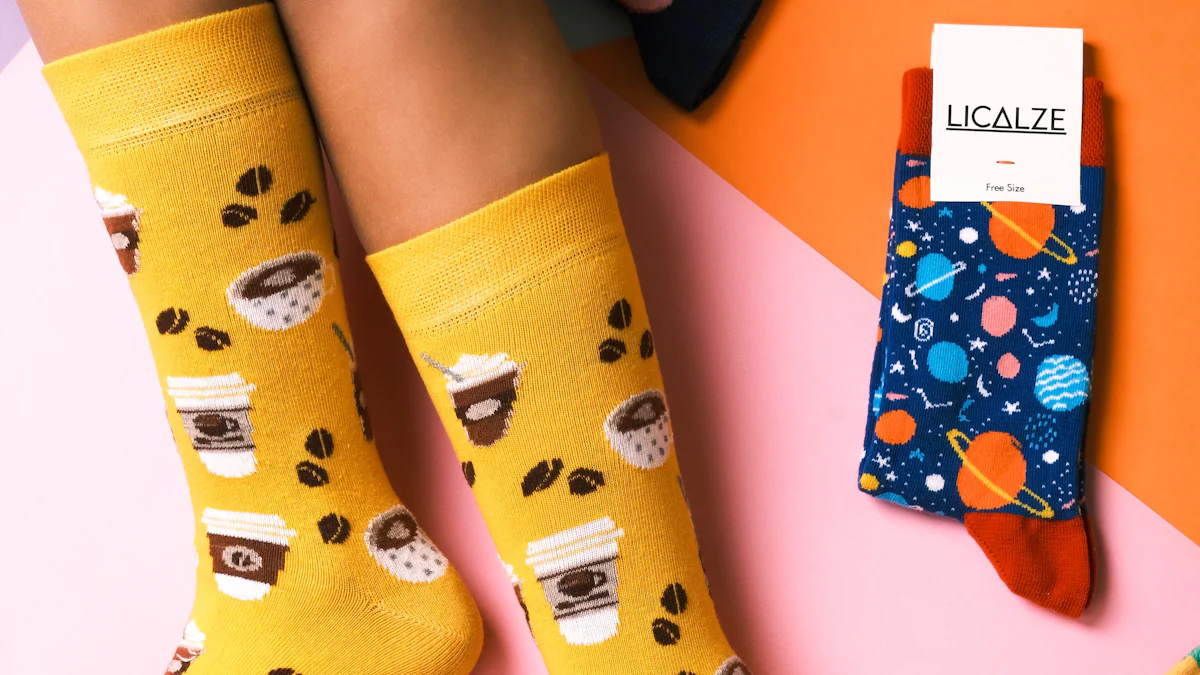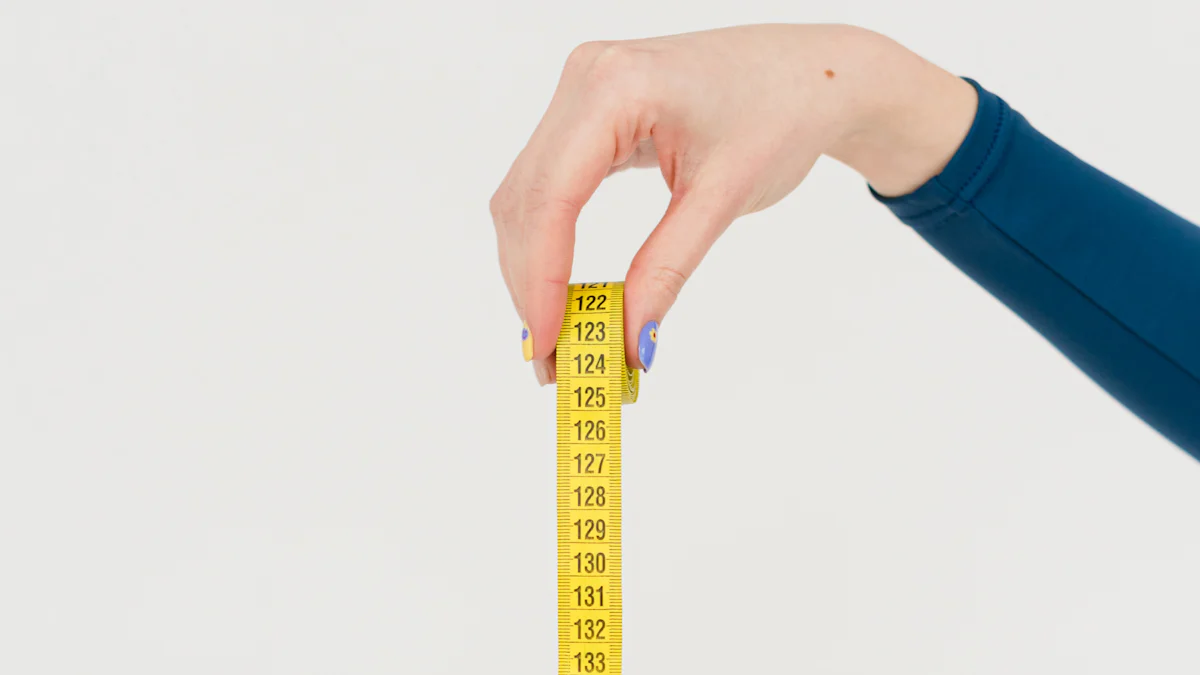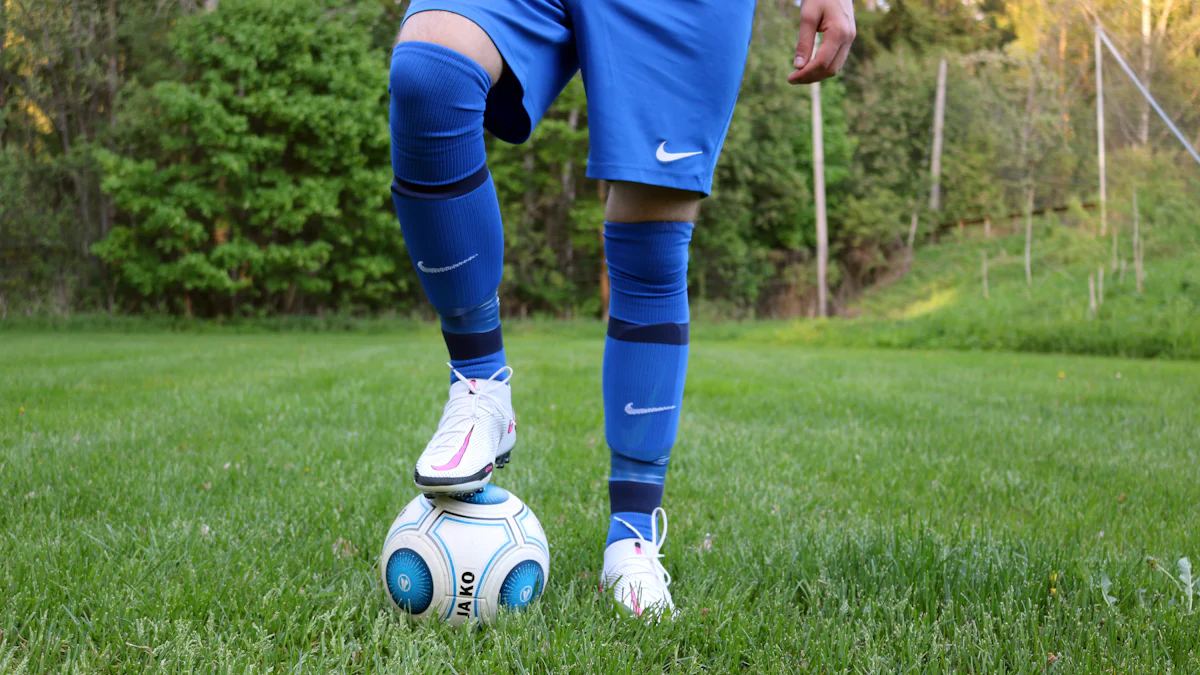
Finding the right sock size is crucial for comfort and foot health. Incorrect sock sizing can lead to blisters, discomfort, and reduced sock lifespan. Women’s sock sizes vary, making it essential to measure accurately. This guide will help navigate the complexities of sock sizing.
Understanding Women’s Sock Sizes
The Basics of Women’s Sock Sizes
How Sock Sizes are Determined
Sock sizes for women depend on foot length and width. Manufacturers use 3D forms to ensure proper fit. Each size has two forms: one smaller and one larger. This method prevents socks from being too loose or too tight.
The length from the heel to the tip of the longest toe determines the sock size. For example, a foot length of 10 inches corresponds to a sock size 9-11. Accurate measurement is crucial for comfort and durability.
Differences Between Men’s and Women’s Sock Sizes
Women’s sock sizes differ from men’s due to variations in foot shape and size. Women’s feet tend to be narrower and shorter. Therefore, women’s socks are designed to fit these dimensions. Men’s socks, on the other hand, are generally wider and longer.
Reading Women’s Sock Size Charts
Interpreting Size Labels
Size labels on women’s socks can be confusing. Brands often use different systems. A common label might read “S,” “M,” “L,” or “XL.” Each label corresponds to a range of foot lengths. For instance, “S” might fit a foot length of 4-5.5 inches, while “M” fits 6-10 inches.
Understanding these labels helps in selecting the right size. Always refer to the brand’s specific size chart for accuracy.
Converting Between Different Size Systems
Different countries use different size systems. Converting between these systems ensures a proper fit. For example, a US women’s shoe size 6-10 converts to a medium sock size. European sizes and UK sizes also have their own conversion charts.
Using a sock size calculator can simplify this process. Input the shoe size, and the calculator provides the corresponding sock size.
Measuring Your Feet for Socks

Accurate measurements ensure the best fit for women’s sock sizes. Proper tools and techniques make this process straightforward.
Tools You Need
Measuring Tape
A flexible measuring tape works best for measuring foot length and width. Ensure the tape measures in inches for accuracy. Place the tape flat against the foot for precise readings.
Foot Tracing
Foot tracing provides another method for determining foot size. Use a piece of paper and a pen. Place the foot on the paper and trace around it. Measure the traced outline with a ruler or measuring tape.
Step-by-Step Measurement Guide
Measuring Foot Length
- Stand on a flat surface with the heel against a wall.
- Place a ruler or measuring tape on the floor, aligned with the foot.
- Measure from the wall to the tip of the longest toe.
- Record the measurement in inches.
Measuring Foot Width
- Sit on a chair with the foot flat on the floor.
- Wrap the measuring tape around the widest part of the foot.
- Ensure the tape is snug but not tight.
- Record the measurement in inches.
These measurements help determine the correct women’s sock sizes. Accurate measurements prevent discomfort and extend the life of the socks. Refer to specific brand size charts for the best fit. Understanding how to measure ensures comfort and durability in every pair of socks.
Choosing the Right Socks for Different Activities

Everyday Wear
Casual Socks
Casual socks provide comfort for daily activities. Look for socks made from breathable materials like cotton or bamboo. These materials keep feet dry and comfortable throughout the day. Darn Tough Socks offer lightweight options with natural insulation. This feature makes them perfect for casual wear.
Work Socks
Work socks need to be durable and supportive. Jobs that require long hours on feet demand socks with extra cushioning. Tall Order Socks provide extra cushioning and seamless toes. These features help alleviate issues caused by poor-fitting standard socks. Choose socks that wick moisture to prevent blisters and discomfort.
Athletic Activities
Running Socks
Running socks must offer support and moisture control. Drymax Running Socks excel in keeping feet dry and comfortable. These socks have dense padding and an anti-blister system. Runners benefit from the cooler feet provided by these socks. Always select running socks with a snug fit to prevent bunching.
Hiking Socks
Hiking socks should provide warmth and cushioning. Darn Tough Socks come in various weights, including midweight and heavyweight. These options offer natural insulation and dense cushioning. Hikers need socks that fit well to avoid blisters and discomfort on long trails. Look for socks with reinforced heels and toes for added durability.
Special Occasions
Dress Socks
Dress socks should complement formal attire while providing comfort. Choose socks made from fine materials like merino wool or silk. These materials offer a sleek appearance and breathability. Tall Order Socks come in various sizes, including regular, XL, and XXL. This range ensures a proper fit for different foot sizes. Opt for socks with seamless toes to enhance comfort during long events.
Compression Socks
Compression socks improve circulation and reduce swelling. Wear Wellow Socks offer moderate, 18-25 graduated compression. This feature provides a warm, gentle hug to the legs. Compression socks benefit those who stand or sit for extended periods. Feetures Socks also provide some level of compression for comfort and support. Select compression socks based on specific needs, such as travel or medical conditions.
Proper sock sizing ensures comfort and foot health. Use this guide to find the perfect fit for any activity. Maintain sock quality by washing in cold water and air drying. Rotate socks to extend their lifespan. Store socks in a cool, dry place to prevent damage. Follow these tips for long-lasting comfort and durability.

